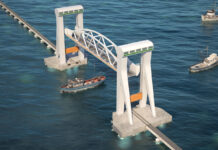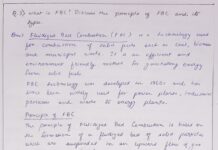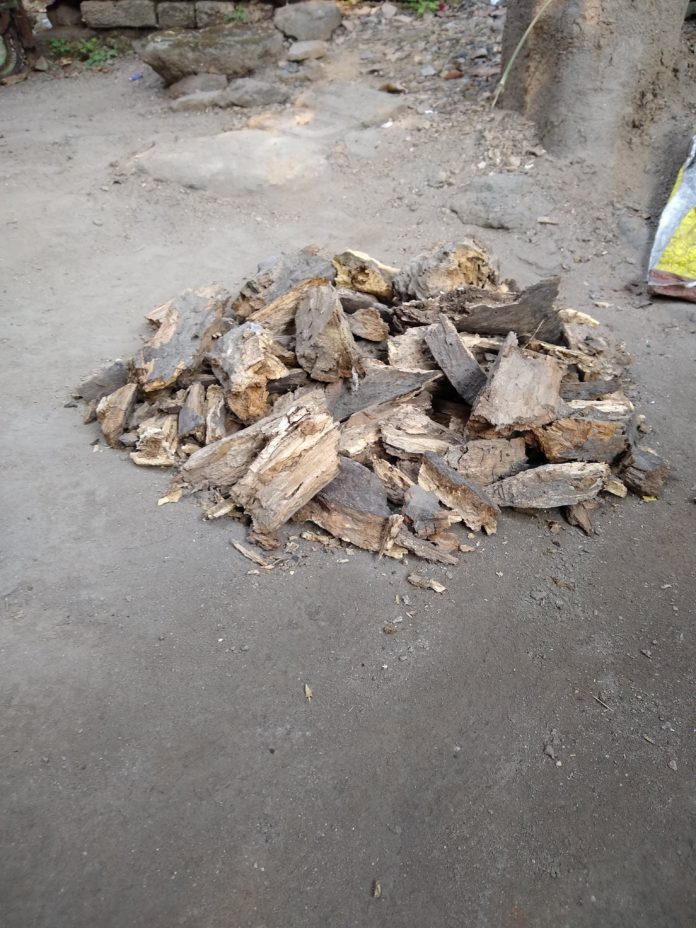Sources of energy
1. Fuels
a) Solid – Coal, Coke, Anthracite
b) Liquid – Petrol and other derivatives
c) Gas – Natural Gas, Blast Furnace Gas
2. Energy Stored in water
3. Nuclear Energy
4. Wind Power
5. Solar energy
6. Tidal Power
7. Geothermal energy
8. Thermoelectric power
Classification of fuels;
1. By occurrence in nature –
a) Primary fuels
b) Prepared or Secondary
2. By state of existence –
a) Solid
b) Liquid
c) Gas
3. By way of combustion –
a) Chemical
b) Nuclear
The following table clearly explains classification of Energy;
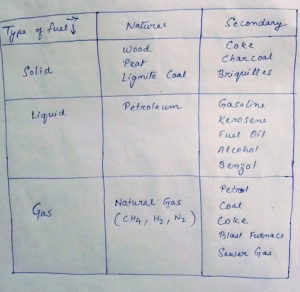
Nuclear Power Plants
Atoms of Uranium 233, Uranium 235, Plutonium 239 are used in nuclear reactors.
In nuclear fission the unstable nuclei of these atoms are hit by slow moving nuetron. This action splits the nucleus into two daughter nuclei. The daughter nuclei again splits other nucleus into more nuclei. Hence, this way the self sustaining chain reaction goes on. The chain reaction is either controlled in a nuclear reactor or uncontrolled in nuclear weapons.
Coal types;
Peat :
- First stage of formation of coal from wood.
- Contains very High amount of moisture.
- Used in Europe and Russia.
Bituminous Coal :
- Burns with yellow and smoky flames.
- High percentage of volatile matter.
- Calorific Value – 31,350 KJ/Kg.
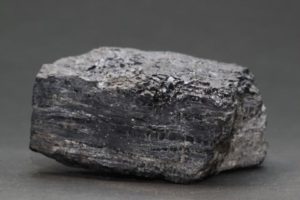
Sub-Bituminous Coal :
- Softer than Anthracite.
- Burns with small amount of smoke.
- Volatile matter – 15-20%.
Anthracite :
- Very hard coal.
- Shining Black lusture.
- Ignites slowly at high temperatures.
- Non – coking.
- Short blue flame or No flame.
- Calorific Value – 35,500 KJ/Kg.
- Suitable for steam generation.
- High percentage of fixed carbon.
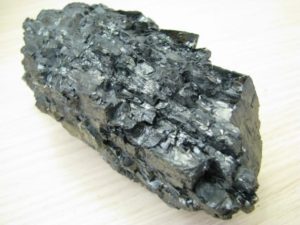
Semi-Anthracite :
- Low percentage of fixed carbon.
- Less lusture than Anthracite.
- Longer and more Luminous flames compared to Anthracite
Coke :
- Contains carbon, mineral matter with 2% sulphur, and small quantities of hydrogen, nitrogen and phosphorus.
- Coke is the solid residue left after destructive distillation of coal.
- Smokeless and clear fuel.
- Used in blast furnace for production of steel.
Briquettes :
- Produced by compressing fine coal or coke under high pressure.
- Briquettes can also be produced by biomass waste.
- The waste products of the farming land can be utilised in production of briquettes.




